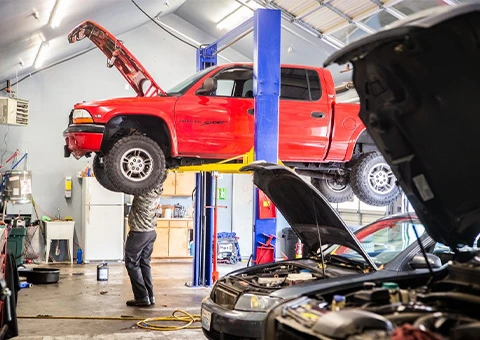Design and Functionality of Gantry Cranes for Efficient Material Handling in Industrial Applications
Understanding Gantry Crane Bridges A Comprehensive Overview
Gantry cranes are vital machinery in various industrial sectors, known for their ability to lift and move heavy objects with precision and efficiency. A gantry crane bridge is a critical component of this equipment, designed to facilitate the transportation of materials across a defined area, such as construction sites, warehouses, or shipping yards. This article explores the concept, structure, benefits, and applications of gantry crane bridges.
What is a Gantry Crane Bridge?
A gantry crane bridge consists of a horizontal framework supported by two or more legs, which run on wheels or tracks. This design allows the crane to traverse a designated path while lifting loads vertically with the aid of a hoisting mechanism. The gantry crane bridge itself provides stability and enables the lifting of materials over sizeable distances without the need for additional supports.
Structure and Components
The gantry crane bridge is composed of several key components
1. Bridge Girder This is the main horizontal structure that spans the area from which loads are lifted. It is typically made from high-strength steel to withstand the considerable forces exerted during operation.
2. Legs The vertical supports that hold up the bridge girder. Legs can be designed in various configurations, including single or double-leg designs, depending on the required load capacity and workspace.
3. Wheels and Tracks Gantry cranes are mobile, and wheels allow them to roll along designated tracks. This mobility can increase operational efficiency, as items can be moved from one location to another without needing to relocate the entire crane.
4. Hoisting Mechanism This includes the motors, drums, ropes, and hooks necessary for lifting and lowering loads. The hoisting mechanism is crucial for the crane's functionality and is often the focus of safety designs to ensure the safe handling of heavy materials.
5. Control Systems Modern gantry cranes may also incorporate advanced control systems for operation. These systems can include remote controls and automated navigation, enhancing safety and precision in material handling.
Benefits of Gantry Crane Bridges
gantry crane bridge

Gantry crane bridges offer numerous advantages, particularly in industrial and construction environments
- Space-Saving Design Unlike traditional cranes, gantry cranes can operate in tight spaces, maneuvering around obstacles with ease. Their design allows for efficient use of available space, maximizing productivity.
- High Load Capacity Gantry cranes can lift significant weights, making them ideal for heavy industries such as shipbuilding, steel production, and construction.
- Cost-Effectiveness The operational costs of gantry cranes are generally lower than other lifting equipment, especially in applications requiring frequent lifting and movement of heavy loads over short distances.
- Versatility Gantry crane bridges can be adapted for various functions, whether for construction, manufacturing, or even shoreline operations. Different attachments and configurations can be used to meet specific needs.
Applications of Gantry Crane Bridges
Gantry crane bridges are utilized in a wealth of applications across several industries
- Construction Sites They are commonly used to lift heavy construction materials, such as steel beams and concrete panels, enabling faster project completion.
- Manufacturing Plants In factories, gantry cranes facilitate the assembly process by transporting components efficiently across the manufacturing floor.
- Shipping Yards These cranes play a pivotal role in loading and unloading cargo containers from ships, ensuring swift operations in harbor facilities.
- Maintenance Shops Gantry cranes are also used in maintenance and repair applications where heavy machinery needs to be serviced or replaced.
In conclusion, gantry crane bridges are indispensable in modern industrial operations. With their robust design, high load capacities, and versatility, they have transformed material handling processes across various sectors. As technology continues to evolve, we can expect further advancements in gantry crane design, leading to even greater efficiency and safety in lifting operations.
-
Affordable 2000 lb Gantry Crane | Heavy-Duty & PortableNewsSep.01,2025
-
4000 lb Gantry Crane | Adjustable, Heavy-Duty Lifting SolutionsNewsAug.31,2025
-
Portable 2000 lb Gantry Crane | Heavy-Duty & AdjustableNewsAug.30,2025
-
Versatile Lifting Solutions with Gantry and Overhead CranesNewsAug.29,2025
-
The Versatile Mobile Gantry Crane SolutionNewsAug.29,2025
-
Reliable Movement with Heavy Machinery Skates and RollersNewsAug.29,2025
-
Reliable Lifting Performance with 2000 lb Gantry Crane and 2 Ton Overhead SystemsNewsAug.29,2025
